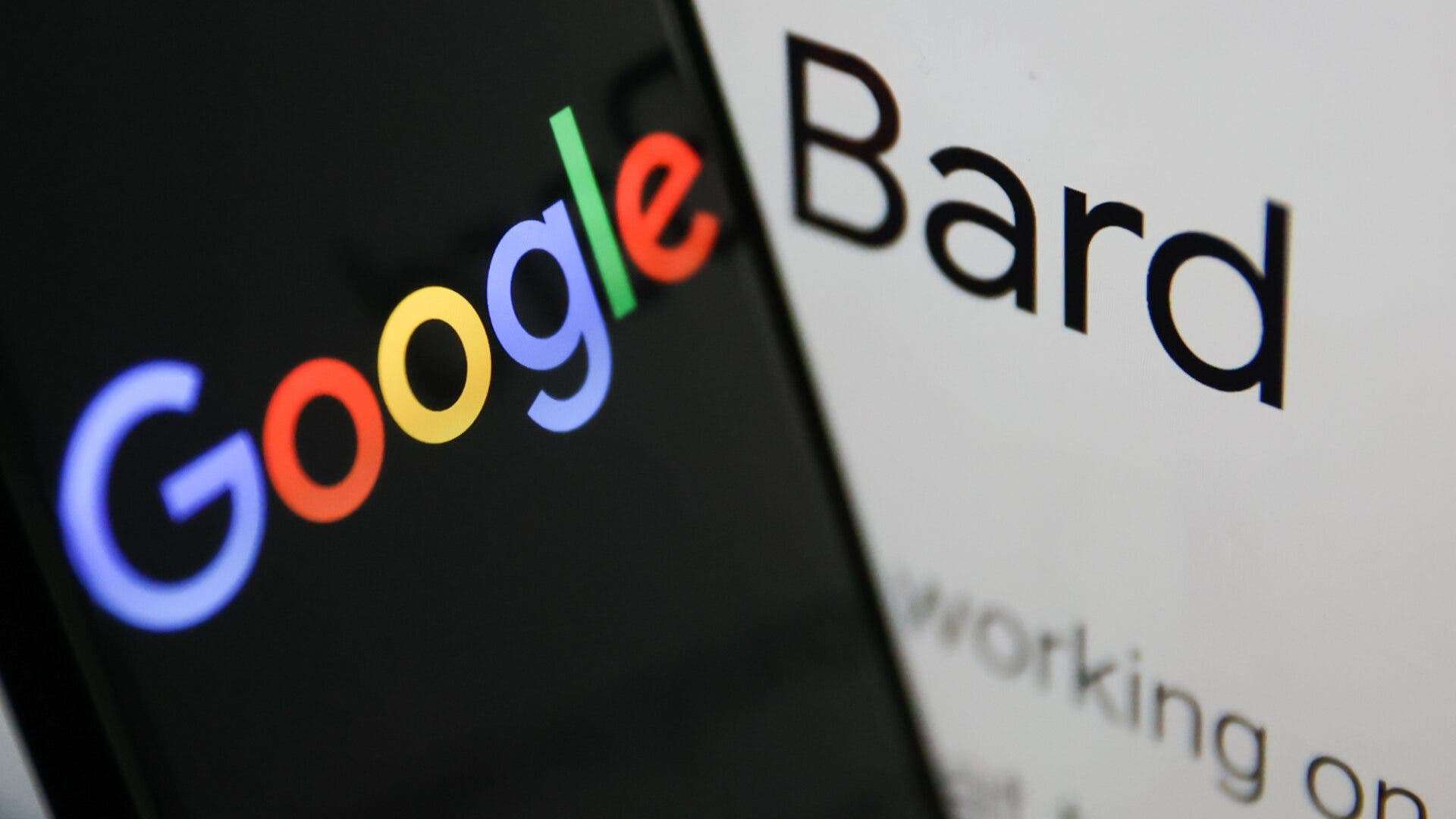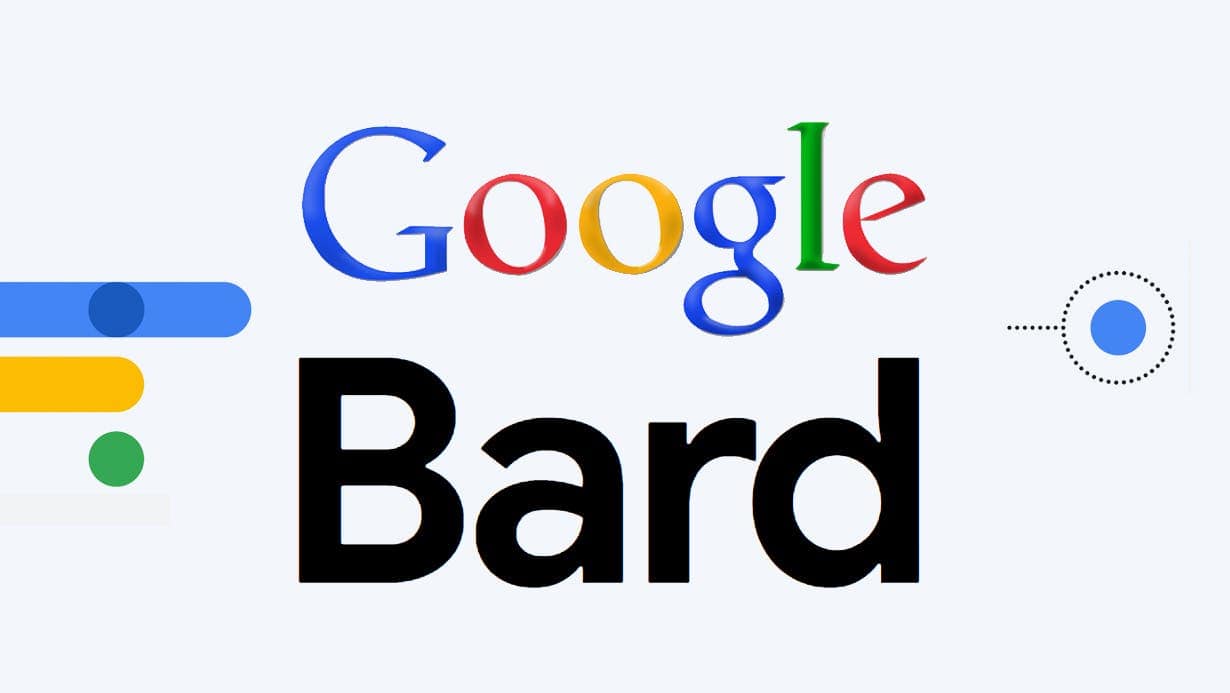Google's Bard chatbot has received a new feature - creating images with the help of artificial intelligence. This corresponds to a similar function that has long been available in the competitor - ChatGPT Plus.
Users can now ask Bard to create an image using Google's Imagen 2 text-to-image model. Bard, which currently uses Google's large Gemini Pro language model, was expected to use the more powerful Gemini Ultra model, but it is still a work in progress.
Google Bard remains free to use 
Google is positioning Bard as a competitor to OpenAI's ChatGPT Plus, which uses GPT-4 and allows users to create images through integration with DALL-E 3. Both chatbots work well, but Bard previously lacked the text-to-image functionality that ChatGPT provided Plus a small advantage. The updated Bard with Imagen 2 is available to all users for free, unlike ChatGPT Plus which requires a paid subscription.
Recently, AI image generation came under fire after fake candid photos of Taylor Swift appeared online. While it's unclear where the images actually came from, tech companies are now beefing up security on their imaging platforms.
Google emphasized responsibility when developing the imaging capability in Bard. The company adds watermarks to AI-generated images embedded in pixels to indicate their artificial origin. Google takes technical and security measures to prevent the creation of images featuring famous people and to limit violent, offensive or sexually explicit content.
The image generation feature is not exclusive to Bard; Google has unveiled a new experimental photo tool called ImageFX, powered by Imagen 2. ImageFX allows users to create images with simple text prompts, allowing people to explore generative AI and send feedback directly to Google engineers. As with Bard, all photos created with ImageFX will be tagged with a SynthID and will follow Google's AI principles and guidelines. ImageFX joins Google's other AI creation tools, MusicFX and TextFX, which the company launched last year and which are available for testing in Google Labs.
Google Bard is expanding to new countries 
Bard gets a few more updates. Although Image Generation is currently only available in English, the chatbot has expanded to now support over 40 languages in over 230 countries worldwide. The previous version was only available in English and worked in 170 countries. Arabic, Bengali, Tamil, Urdu and other languages are now supported.
It's worth noting that Google has also expanded its double-check feature to 40 languages, allowing users to rate answers by automatically searching the web to confirm or deny the content provided.






